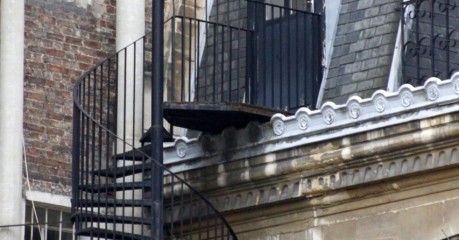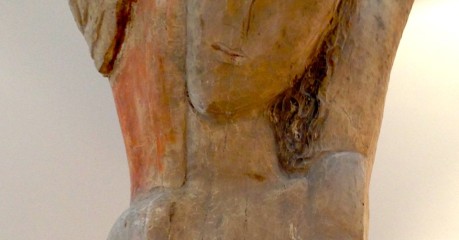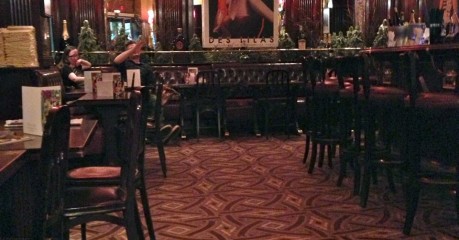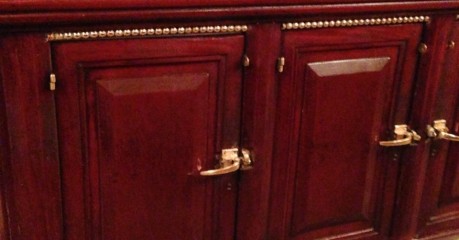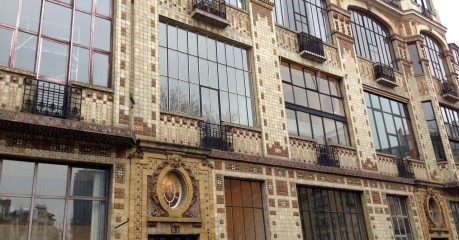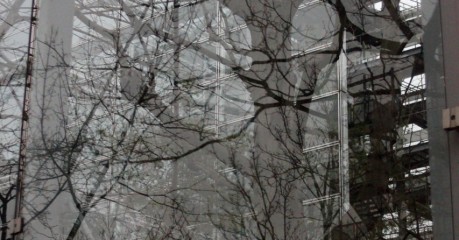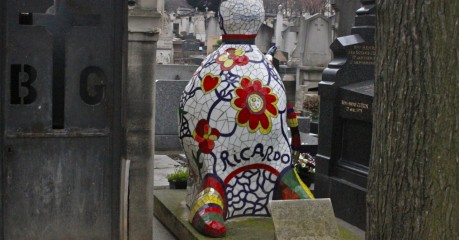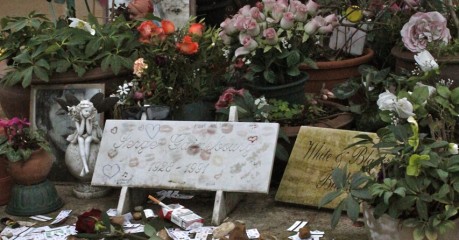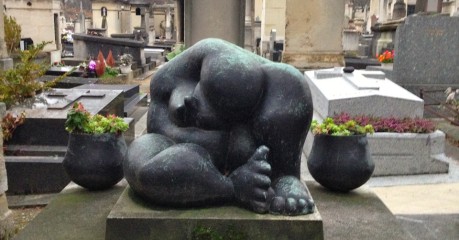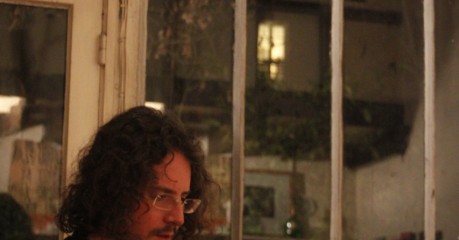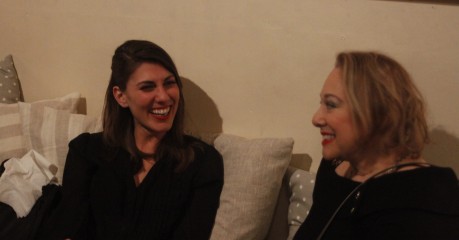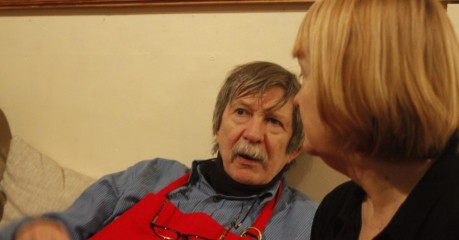The New Yorker accepted my invitation to walk the streets of Montparnasse.
After spending some time in Montparnasse, a few evenings ago with The French Historian, I was keen to explore the area a little more. Armed with a guide book and map, we headed out to Vavin metro stop.
La Coupole, the famous, historic restaurant, cafe and dance hall, whose patrons included Josephine Baker, Jean Paul Sartre and Roman Polanski, we passed, with me, feeling a little disappointed that Paris Adéle wasn’t added to the list.
Musée Zadkine, a museum, housed in the former home of the Russian born sculptor Ossip Zadkine, is small, yet stylishly executed. I could imagine, how his home would have been a lovely place to live, with his studio across the other side of a pretty garden.
Next was La Closerie des Lillas, another favourite haunt for writers and artists, who left the area of Montmartre, to settle in Montparnasse.
Arriving at La Closerie des Lillas, slipping through a revolving glass door, to find a warm dimly lit restaurant, it was, as if stepping into the past. A room of days gone by. Mosiac floors, a piano to our left, drawers, that would have once held the napkins of regular patrons and tables embedded with plaques, honouring, people, who are now famous, and, once frequented the establishment, such as Man Ray, Sartre, Hemingway and Scott Fitzgerald. I could have sat on the red, leather banquette and passed the day into night. However, after a cafe creme, it was time to contuned on.
Rue Campagne-Premiere, with it’s lovely Art Nouveau buildings, has one in particular, that stands out; a row of artists studios. The facade decorated with ceramics, and it’s large, tall windows, would have allowed plenty of natural light, for it’s past inhabitants; such as Picasso, Joan Miró, Kandinsky and the dying, Modigliani, who spent the last years of his life there.
We passed the queues lining up for an exhibition at the modern, yet magnificent building of Foundation Cartier. Cleverly designed with glass, light and reflection, the building allows for a cedar of Lebanon, planted in 1823 to live and grow in-between the structures.
With the light fading and the cold taking it’s toll. I left The New Yorker in a café, sipping on a hot ‘cough-fee’, that would be coffee, while I explored the Cimetière du Montparnasse, in search of Man Ray’s final resting place.
It seems, each time I visit a Parisian Cemetery, in search of a particular grave, I generally leave, when it is cold and dark, to no avail. This time was no different. I did however, come across Serge Gainsborough’s grave, littered with metro tickets and cigarette packets and wondered, if this is what he would have wanted.
It was time to head back, it was Sunday, which means dinner at Jim Haynes.
A lovely night at Jim’s, and a smaller crowd than usual, meant more room to move. I met some lovely people, an Italian architect, living in Paris, an associate professor and sculptor, who lives, some of the time in Paris, amongst a few. Email addresses were shared, phone numbers exchanged and Jim, ended the night, handing out After Eight dinner mints, he must have a life time supply, after the mint company made a commercial about his legendary Paris dinners.
I like Sundays in Paris.

